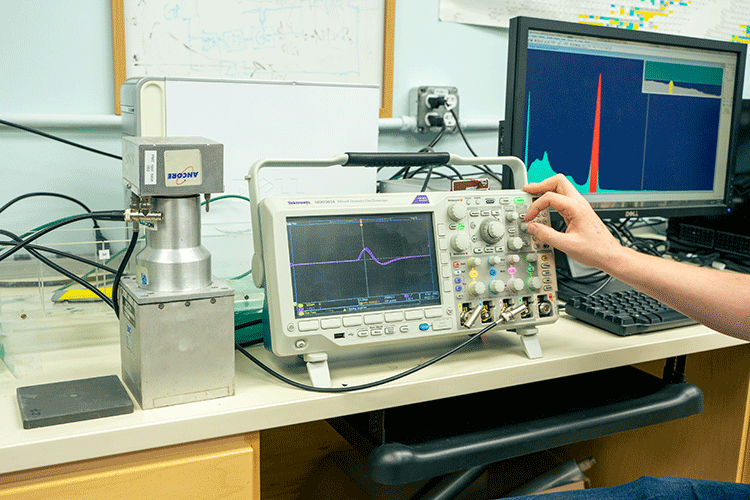UC Berkeley Engineers Send Equipment, Expertise to Ransacked Chernobyl
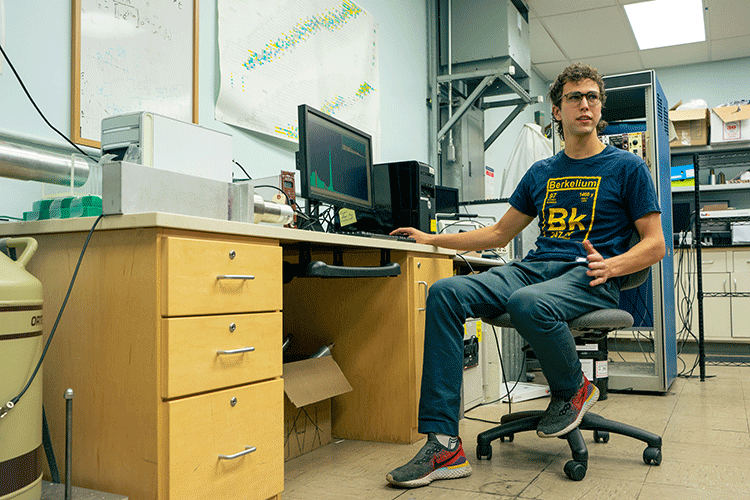
After the Russian occupation of the Chernobyl Nuclear Power Plant in Ukraine in spring 2022, many scientists returned to the site to find their work in tatters. Offices and labs had been ransacked. Computers, instrumentation and other valuable equipment had been stolen or destroyed. Radioactive dust had been kicked up by heavy trucks and small fires, spreading additional contamination throughout the area.
Today, “There is very little left that is usable,” said Jake Hecla, a graduate student studying nuclear engineering at the University of California, Berkeley. “They’re really starting from the ground up.”
To help in the relief effort, nuclear engineers at UC Berkeley are testing and refurbishing critical pieces of equipment to send to their collaborators at Chernobyl, the site of a 1986 nuclear explosion that spread radioactive contamination throughout the region.
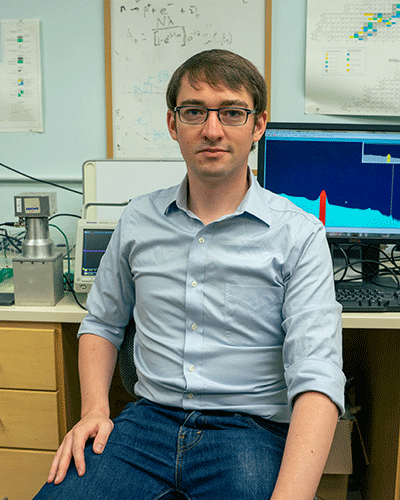
“I reached out to our main contact over there and basically said, ‘These are the things we have a lot of. Which of these things could you use?’” Hecla said.
Dangerous levels of radioactivity still linger at Chernobyl, which is increasingly being spelled Chornobyl to reflect the original Ukrainian name. A few thousand scientists, engineers and workers regularly commute to the remote location in northern Ukraine to monitor the radiation and limit further spread. Even before the current Russian-Ukraine war, these scientists were often forced to rely on old and outdated equipment to perform their work.
Since 2017, Hecla and other nuclear engineers at UC Berkeley have been collaborating with Chernobyl scientists, demonstrating state-of-the-art nuclear detection systems to help monitor the radiation at the plant. Now that the Russian invasion has left these scientists without even the most basic tools, the team is also helping out by donating useful equipment.
The first batch of instruments — a set of sodium-iodide gamma-ray detectors that are ideal for monitoring lingering radiological contamination in soil and vegetation — shipped late last week. Hecla and fellow nuclear engineering graduate student Michael Bondin are also testing much higher-resolution and valuable high-purity germanium detectors to potentially send to Ukraine.
Over the years, UC Berkeley scientists have used these detectors — some of which date back to the 1980s — as part of systems designed to detect radiological threats to national security and to study radiological background signatures in the environment. Now, they will be used to help Chernobyl scientists rebuild their labs.
“The war has turned what was a desperate situation into one that is absolutely dire, because the Russian army stole pretty much all of the equipment and computers, and also cross-contaminated portions of the facilities,” said Kai Vetter, professor of nuclear engineering at UC Berkeley. “We believe strongly in providing the expertise and equipment that we have available.”
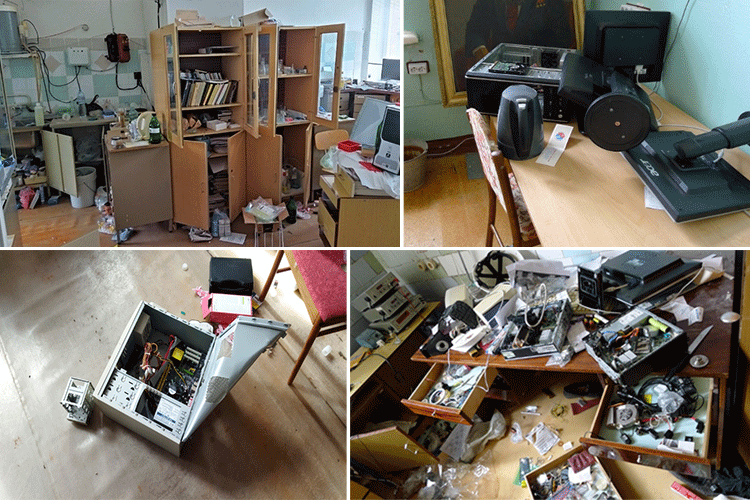
A smoldering threat
Thirty-six years after the explosion of Chernobyl’s Unit 4 reactor, the remnants of the meltdown — a highly radioactive mix of uranium, zirconium, graphite and silica — are still smoldering in the basement of the plant. In recent years, neutron counts from this “nuclear lava” have been ticking upward, a sign that the remaining radioactive fuel may be at risk of a runaway reaction that could damage the concrete containment structure around the plant.
“There is an enormous need to provide better technology to monitor the nuclear debris, which is still sitting there under Unit 4,” Vetter said. “Even before the war, things seemed to be happening. There were some changes [in the debris], but the measurements were not that reliable because the instrumentation they had was already quite old.”
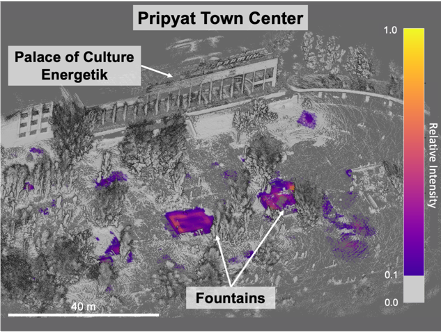
Scientists at the site must also grapple with the ongoing risk that wind or wildfires will kick up radioactive debris and spread the contamination across a wider area.
In 2018, Vetter’s team of students at UC Berkeley and scientists at Lawrence Berkeley National Laboratory used a technique called scene data fusion (SDF) — it combines data from nuclear detectors with contextual scene information — to create 3D visualizations of the radioactivity at the Chernobyl power plant and in the nearby town of Pripyat.
In addition to providing equipment in the wake of the Russian occupation, the team hopes to use this same technique to map how the Russian attack spread radioactive material across the landscape.
“Having this kind of technology would be extremely powerful in Chernobyl right now,” Vetter said. The 3D mapping system can be deployed on drones, which means that it could be used to map contamination even in the areas where the Russians have left landmines. And it could also help Chernobyl be better prepared if something happens in the future, like wildfire or even another attack.”
